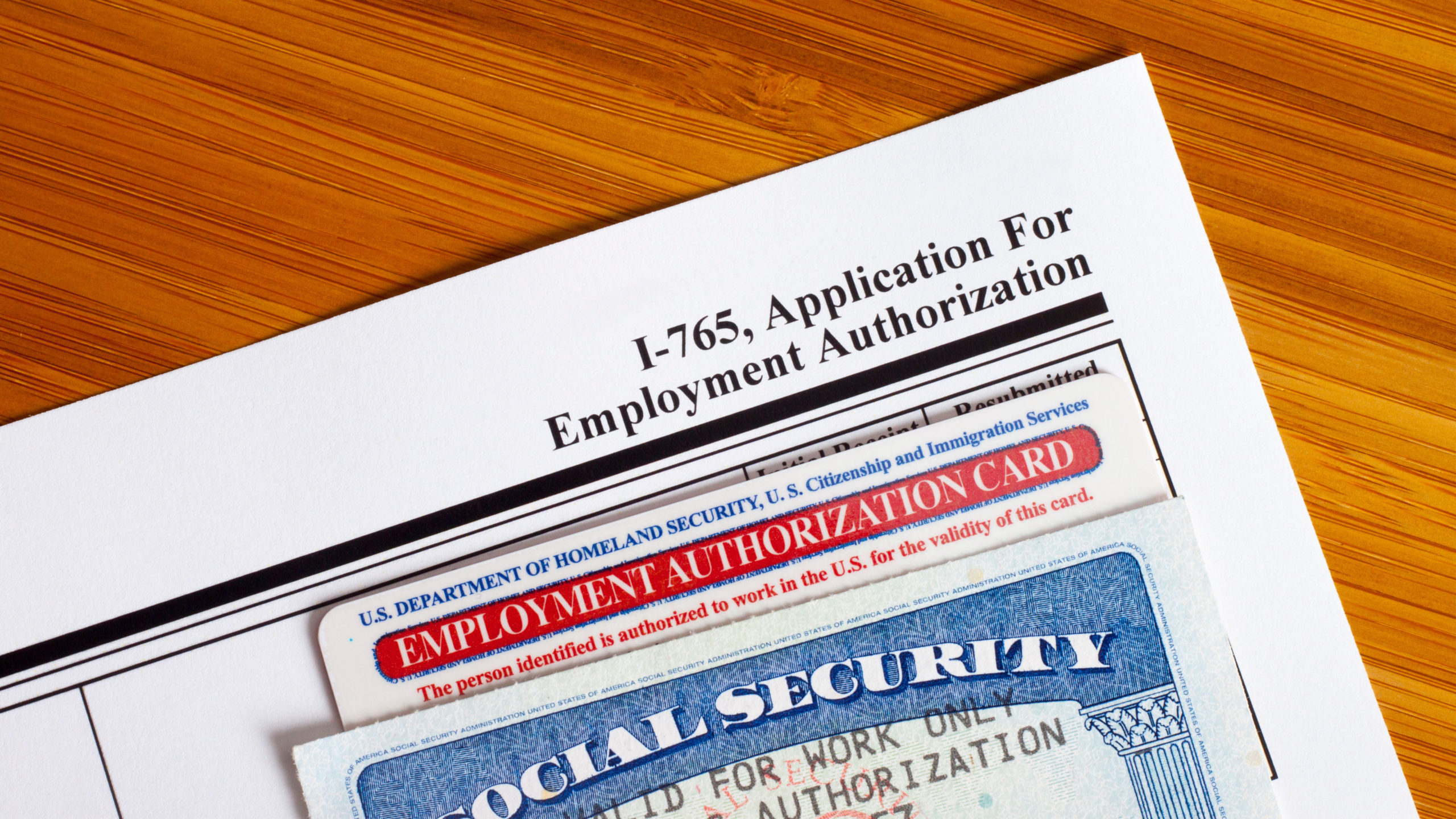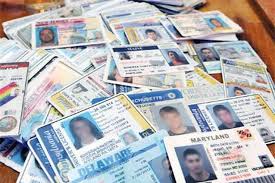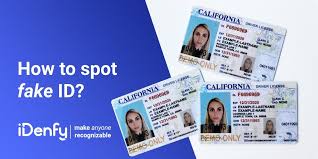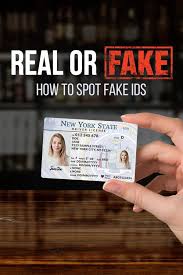fake employment authorization card
fake employment authorization card

An Employment Authorization Document is also known as an EAD or work permit. Applicants can obtain this document by filing Form I-765 with the United States Citizenship and Immigration Services (USCIS) for more than 40 categories. These categories include applicants for adjustment of status, those seeking temporary protected status, and spouses of E-1, E-2, L-1A, and L-1B status holders. Eligibility for an EAD is determined by 8 C.F.R. §274a.12.
An EAD is a plastic card about the size of a credit card that contains personal information, the holder's alien number, and an expiration date. In some cases, an EAD may also contain an "advance entry permit," which allows the holder to travel abroad and return to the United States. An EAD marked "valid for reentry into the United States" can also be used as an advance entry permit.
On April 4, 2024, the United States Citizenship and Immigration Services (USCIS) announced a temporary final rule (TFR) that increases the automatic extension of certain employment authorization documents (EADs) from a maximum of 180 days to a maximum of 540 days.
Eligible foreign nationals who timely filed Form I-765 renewal applications on or after October 27, 2023, and whose applications are not processed on April 8, 2024, or who filed EAD renewal applications between April 8, 2024 and September 30, 2025, will be able to take advantage of longer automatic extensions.
EAD categories eligible for the 540-day automatic extension include the following:
Adjustment of Status (C09)
Temporary Protected Status (TPS) (A12 or C19);
* Refugees and Asylees (A3 and A5);
Noncitizens who have properly filed an application for asylum and a petition for protection from removal or deportation (C08);
* Self-petitioners approved under the Violence Against Women Act (VAWA) and their qualifying children (A31);
H-4 spouses holding a valid H-4 Form I-94 (C26).
E-1, E-2, and E-3 spouses holding a valid spousal I-94 (A17) are advised that these individuals do not need to apply for an employment authorization document (EAD) because they are automatically authorized to work while in valid E-1S, E-2S, or E-3S status.
Spouses holding a valid L-2 visa (L-2 visa holder) do not need to apply for an employment authorization document (EAD) because they are automatically authorized to work while holding a valid L-2 visa.
When the EAD was first introduced:
The Immigration and Naturalization Service (INS) is phasing in a new Employment Authorization Document (EAD), or I-766. This is a card issued to aliens who are authorized to work temporarily in the United States.
During the phase-in period, some aliens who are authorized to work will continue to use their existing work authorization EAD and I-688B, and both documents will remain in circulation. The I-688B will still be issued and will remain valid until the expiration date of the individual card.
In addition, most aliens who are authorized to work only for a specific employer will continue to have their work authorization on Form I-94 (Arrival-Departure Record).
If you are an employer, an alien with temporary work authorization may show you this card during the employment verification process, but is not required to do so. The card will serve as a "List A" document, meaning it proves identity and employment eligibility.
The new card does not change your responsibilities to recruit qualified individuals to work in the United States, complete Form I-9, and avoid discrimination during the recruitment and verification process.
You do not need to be a document expert when verifying the work eligibility of a new employee. As long as you examine the card and confirm that it looks authentic and matches the person who submitted it, you have fulfilled your obligations.
The I-766 card has several features visible to the naked eye that help you determine if the card presented is authentic. The card also has several security and quality control features designed for government use. Scroll down to learn more about these features.
Holograms
A hologram is an image or text that becomes visible when the card is rotated or tilted in different directions. Most holograms are visible in normal light; however, your viewing experience will vary depending on lighting conditions and viewing angle.
Under most normal lighting conditions, you should be able to see a hologram of the Statue of Liberty, the letters "U.S.A.", and a repeating pattern of the words "U.S. Immigration and Naturalization Service" on the face of the card.
Additional Holograms
There are two additional holograms that you don't need to look for, but you may notice. One of them is a map of the United States.
You may notice the letters "INS" appearing in the dots after each "U.S.A." letter. These two features vary in visibility, so if you don't see them, you shouldn't be concerned or refuse the card the employee hands you.
Numbers and Barcode
The numbers and barcode are engraved on the top of the back of the card and are rough to the touch.
Microprint
The light blue printing around the INS seal and the dark printing around the words "Employment Authorization Card" are microprints. In other words, while they look like solid lines from a distance, they are actually text in very small fonts. You don't need to try to read them.
Information About the Authorized Alien
The front of the card contains information about the carded alien, such as name, date of birth, and immigration "A-number." The expiration date of the work authorization is located in a box at the bottom of the card. If there are employment restrictions, they will be noted under "Terms and Conditions." If there are no restrictions, "None" will be displayed here.
In some cases, there may be no fingerprints on the card. If there are no fingerprints, the words "Fingerprint Not Available" will be displayed on the right side of the front of the card.
3D Illustration
The 3D representation of the card highlights each layer to help you better "see" its features.
Edge EAD Card
The edge of this card looks like it has a thin red line sandwiched between two white lines, as if the card is like a sandwich with red filling.
 Delaware ID Features
Delaware ID Features
 fake ID purchase guide
fake ID purchase guide
 Fake ID Buying Guide
Fake ID Buying Guide
 benefits of fake ID
benefits of fake ID